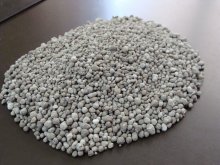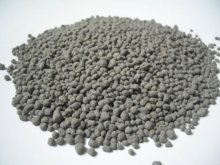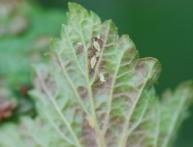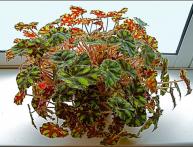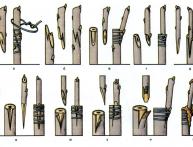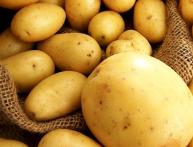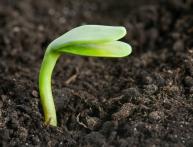Nitrophosk fertilizer: what is it, the pros and cons of fertilizer
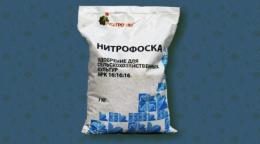
To grow plants and get a good harvest, many gardeners use mineral fertilizers. Nitrophoska, a complex mineral, is very popular among gardeners. fertilizer for various plants, which contains three important components.
Content:
- Nitrophoska: advantages and disadvantages of fertilizer
- Recommendations for use
- Using nitrophoska for vegetables and plants
Nitrophoska: advantages and disadvantages of fertilizer
Nitrophoska is a mineral fertilizer that contains potassium, nitrogen, and phosphorus. In addition to the main three substances, nitrophoska contains the following components:
- Ammonium nitrate
- Superphosphate
- Ammonium chloride
- Ammophos
- Potassium saltpeter
- Calcium chloride
Fertilizer in the form of small white granules. Nitrophoska is produced industrially by treatment with acids followed by the addition of other components. Nitrophoska can be sold in several forms: sulphate, sulfate and phosphorite.
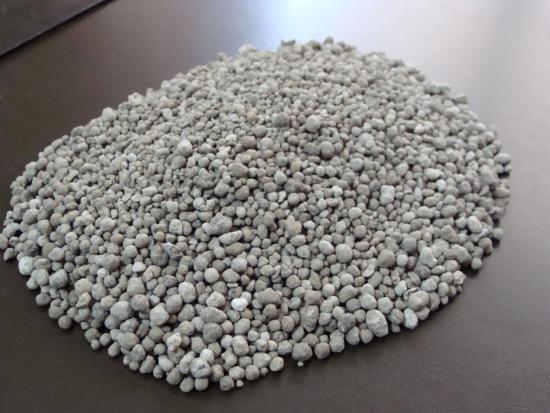
The fertilizer is characterized by excellent keeping quality. For a long time, the granules remain crumbly, do not form lumps and are not compressed. The granules are highly soluble in water and are characterized by high permeability into plant cells, which significantly increases productivity. The disadvantage is the short shelf life. Excessive nitrogen content promotes the growth of vegetative mass.
Overfeeding can lead to rotting of the plant. It should be noted that nitrates can accumulate in plants, and therefore in vegetables. If you use the fertilizer according to the instructions, it will not cause harm to the body. Nitrophoska is a harmless drug that does not have a negative effect on the skin, mucous membranes and human organs.
Recommendations for use
Nitrophoska improves soil quality, activates the root system and promotes the formation of green mass. Fertilizer should be applied during digging or immediately before planting. like this feeding good for acidic and neutral soils. Nitrophoska has a beneficial effect on plants that require large amounts of potassium for normal growth, and also promotes the formation of large fruits and a rich harvest.
Nitrophoska can be used on any soil. On sandy and sandy loam soils, there is a high probability of leaching of nitrogen from the soil. To avoid this, fertilizer for fruit trees and shrubs is applied in the spring.
Fertilizer for apple trees is applied in the spring: dissolve 50 g of nitrophoska in 10 liters of water. One tree will need 25-30 liters of water. If the soils are heavy, then fertilizer is applied deeper into the soil during autumn digging.
It is recommended to add nitrophoska to light soil in the spring when planting, without going too deep into the soil. In cloudy and rainy weather, fertilizer is applied by digging. If the weather is dry, you should first water the soil and then feed the plants so as not to burn the roots. When applying fertilizer, it is important that it does not come into contact with the root system.
Using nitrophoska for vegetables and plants
Nitrophoska can be used to feed various vegetable crops. For cherries you will need about 200 g of nitrophoska for fertilizer gooseberries and currants no more than 150 g; 40-45 g of the drug should be added to the wild strawberry bush. During flowering, it is recommended to spray the plants. Further fertilizing is carried out after the first berry picking.
Video on how to apply nitrophoska:
For garden crops, you will need about 70-80 g of nitrophoska per square meter. It is recommended to feed tomatoes with phosphorite nitrophoska. At the time of planting the seedlings, about 15 g of granules are added to the hole and mixed with soil. After planting the seedlings, fertilizing is done 14 days later with the prepared solution. In this case, the plants are watered and nourished at the same time.
Eggplants are fed with a solution of mineral fertilizer (20 g of nitrophoska per 10 liters of water) after 14 days from the moment of planting in the ground. Sulfate nitrophoska is usually used for growing flowers and decorative foliage plants. Nitrophoska in sulphate form is used to feed cucumbers, beans, and cruciferous vegetables.
To improve the quality of the soil and increase fertility, during digging you should add at least 90 g of fertilizer per square meter. Nitrophoska for potatoes is applied during autumn digging or during planting: add 1 spoon of granules to the hole and mix with soil. It is important that the fertilizer does not come into contact with the tubers.

When growing plants in greenhouses, you will need about 40-140 g of fertilizer per square meter. You can feed nitrophoska not only vegetable and fruit crops, but also indoor plants. For indoor flowers, foliar feeding is carried out, and for roses you will need 10 g of nitrophoska per bush. Depending on the type of crop being grown and the composition of the soil, other fertilizers can be applied if necessary.

